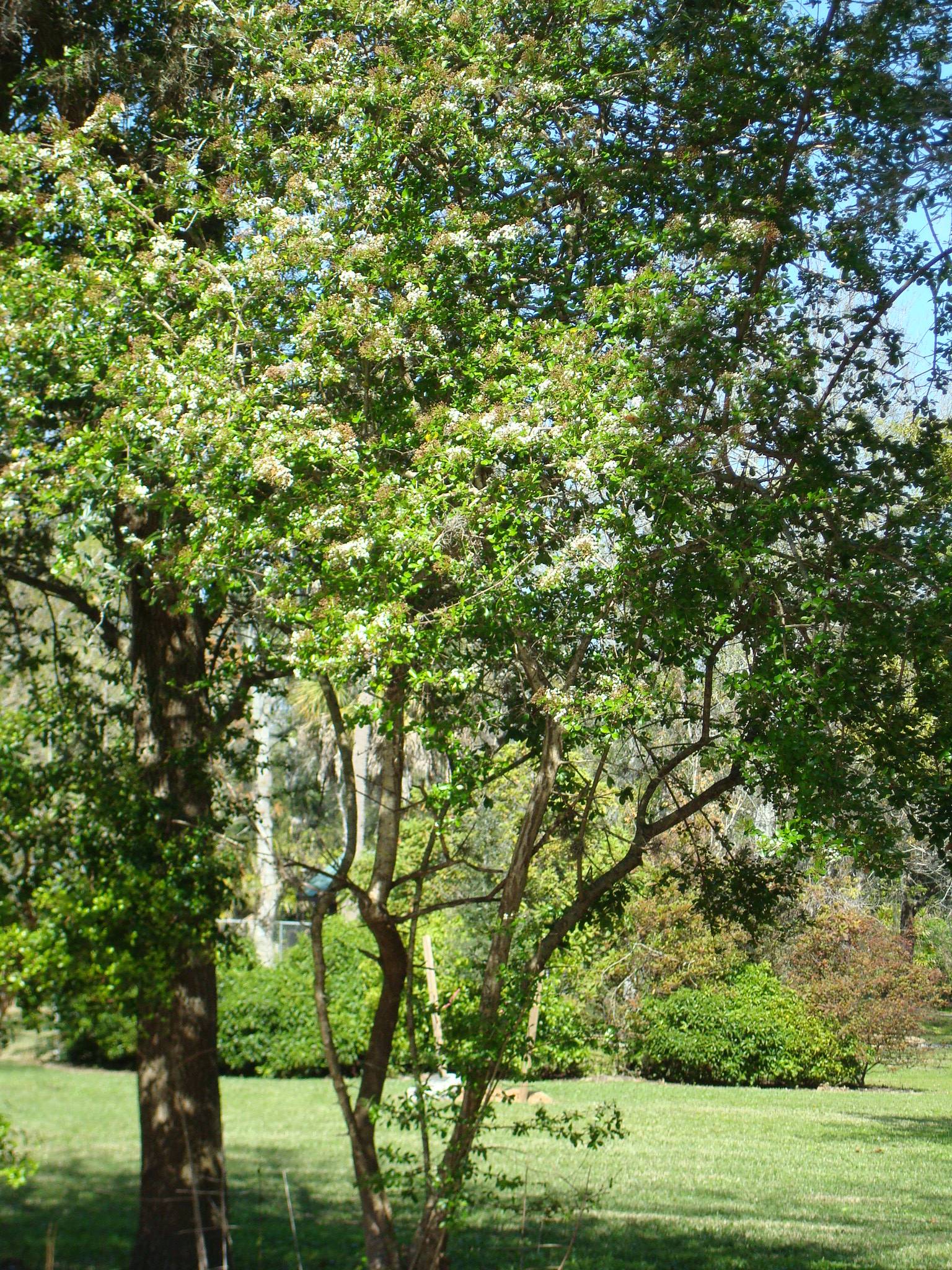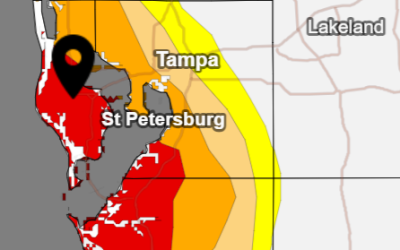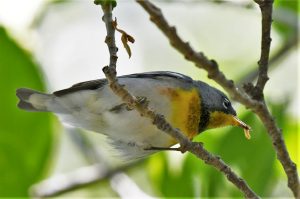With longer days and harsh sunlight in the summer, the air conditioning systems in our home have to work harder to keep the interiors comfortable. But did you know that proper landscaping design with the right shade tree choices can keep your home cooler and reduce energy consumption too? Air conditioners need to work only half as much for cooling a fully shaded house than in a house that has its walls and roof exposed to the sun. In fact, studies confirm that the average U.S. household can save about 15% to 35% yearly in energy costs.
How Can Trees Cool Your Home?
We all enjoy the shade of a tree on a hot summer day. Similarly, trees have cooling effects on your homes.
Trees absorb water through their roots and evaporate it through leaf pores, which can cool the air. This process, better known as evapotranspiration, can reduce summer temperatures by 2° to 9°F.
Trees block the sun from the windows, exterior walls and roof, which reduces the solar radiation that heats up our homes and businesses. Shaded walls can be cooler by nearly 9° to 36°F than unshaded surfaces. Cooler walls result in less heat permeating buildings. And cooler surface temperatures also lower the heat in the surrounding air, and, consequently there is much lower Urban Heat Island effect.
A shade tree works much better at providing shade than an interior blind or curtain, resulting in much better energy savings. Now is the right time to evaluate the placement and density of trees to create needed shade.
What And Where To Plant Shade Trees For Cooling
Selecting the right trees to shade your home requires deliberation on the size, shape, and density of the trees, and picking the right location to plant. Careful selection of trees and proper placement ensures that your home gets the right amount of shade from the moving shadows cast by the trees, to help lower energy use.
You really need to ensure that you place trees in the correct direction when planting them to get shade on your homestead in the summer. When the sun rises, it is not as hot so there is no need for shade in the east direction. However, the west and south-west directions receive direct sun during the afternoons. Plant deciduous (sheds leaves in fall) trees on the south and west sides of your home to provide shade to walls, windows and roof during summer months in June, July, and August. This placement works well for winter too, as it allows the sunlight to reach the building through the bare branches then.
Providing shade to the roof of a house can also lower inside temperatures by about 8 to 10 degrees (F). But the amount of shade your home gets will depend on the type of tree you plant. Some deciduous shade trees with high crowns to consider for your yard are ash, oaks, bald cypress, and walnut. Also plant some species with lower crowns for shade from lower afternoon sun angles.
Be careful not to plant too big a tree too close to the house to avoid damage to the foundation or siding. Do consider the mature height and spread when planting near homes. According to the USU Forestry site, trees with mature height of at least 25 feet should be planted at least 10 to 20 feet from the house. You should also prune the trees on a regular basis to maintain the trees at their ideal size and shape.
Shade Your AC Unit
You can plan shade for your cooling unit to increase its efficiency greatly. Plant a small tree (native plum, Walters viburnum, Simpson Stopper or shrub near the unit but just not too closely (within 2-3 feet) of the AC unit as they need air movement for best functionality. You can even erect a trellis and train vines to grow up the trellis. Some choices are Carolina Jessamine , and coral honeysuckle.
Shade The Yard
You can even plant shade trees for your sidewalk and driveway to keep sunlight off the hard paving and thereby lower local temperature without shading your house at all. Shrubs can be planted near the patio doors and windows to shade them during the summer months. Choose varieties like Myrsine, Marlberry, Firebush and Pipestem, to block the late afternoon sun. Evergreen trees can also be used as screening for privacy or as a windbreak on the north side of the yard to impede cold winter winds.
Ask the experts at your local nursery or garden center what they recommend for your yard to provide shade during summer. Visit Wilcox Nursery And Landscaping to know more about how trees can save you energy dollars. We have a large selection of trees, vines, and shrubs for your energy-saving landscape.





